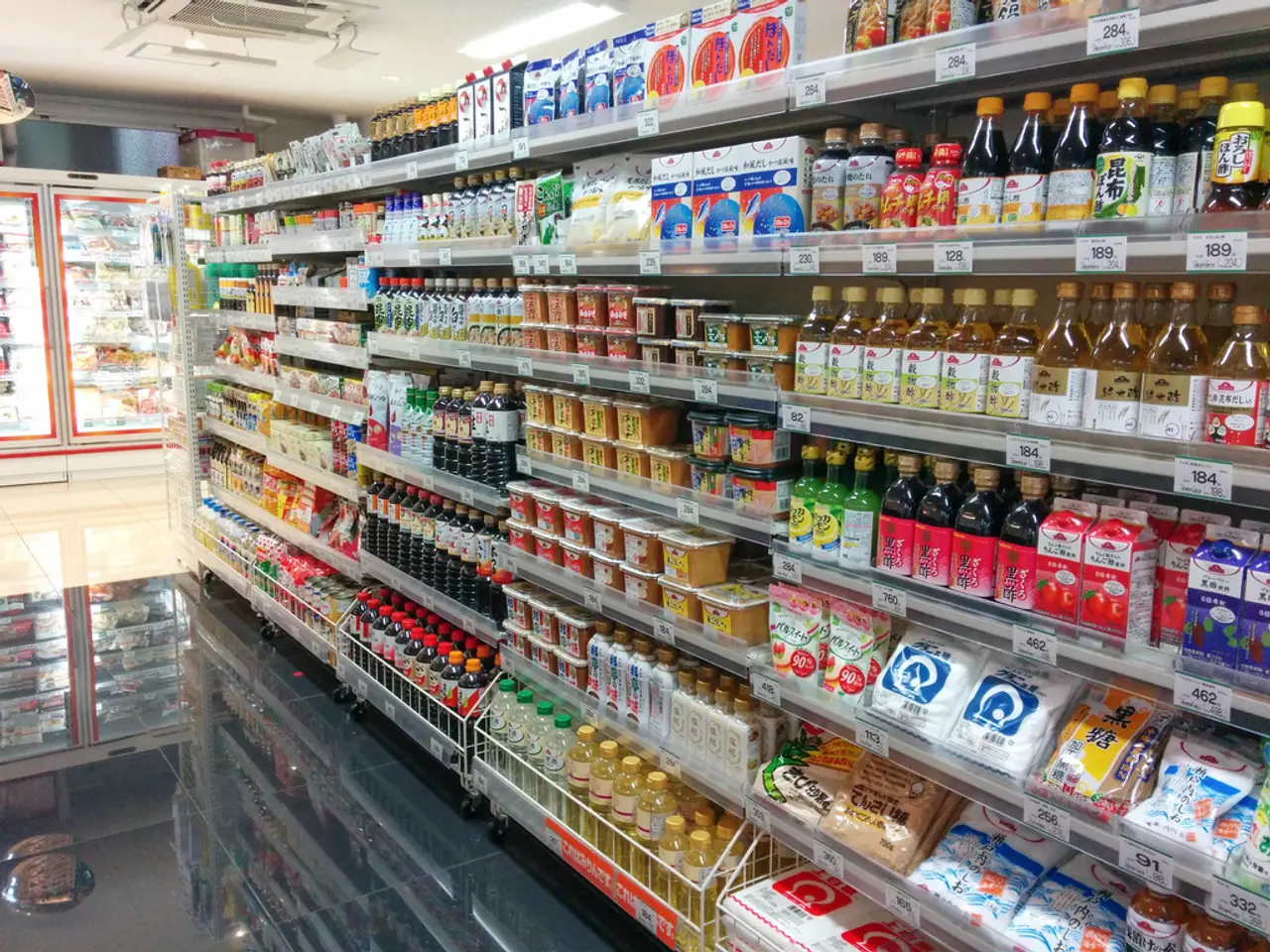Economic Challenges: Exploring Slumps and Rebounds [Categories and Impacts]
Economic crises, sudden and widespread disruptions of an economy, can have far-reaching consequences for individuals, businesses, and entire nations. These crises can be triggered by various forms, including debt crises, banking crises, asset bubble bursts, or balance-of-payments crises.
A debt crisis occurs when the risk of default soars, causing the government's ability to repay debts to fall and government debt to increase significantly. This can be due to the government running a budget deficit that increases year over year and the ability to increase tax revenue being limited.
One cause of the balance-of-payments crisis is short-term capital flows, or hot money, which flow into the domestic economy to take advantage of fast economic growth. However, this influx can lead to an overvalued currency, making exports more expensive and imports cheaper, causing a trade deficit.
Recessions are milder economic downturns, while depressions are far more severe and prolonged. Common causes of economic crises, particularly recessions, typically stem from sharp contractions in aggregate demand or significant disruptions in supply, policy, or financial systems.
Demand shocks, such as falling consumer confidence or bursting asset bubbles, can lead to a sudden drop in consumer and business spending, reducing overall demand for goods and services. Supply shocks, like sudden increases in input prices or supply chain disruptions, raise production costs and limit output, triggering inflation and reducing aggregate supply.
Financial market instability, such as bank failures, credit crunches, or asset bubbles bursting, reduce access to credit, shake investor trust, and lead to a tightening of lending. This constrains business investment and consumer spending, deepening economic downturns.
Policy uncertainty and errors, like abrupt or contractionary fiscal and monetary policies, can excessively dampen spending and investment, leading to “hard landings” or recessions. Trade policies and tariffs can also create structural shocks that slow growth.
External shocks, such as geopolitical tensions, commodity price spikes, natural disasters, or climate events, can disrupt trade and production, affecting economies reliant on exports or imports, thus triggering economic slowdowns.
The primary channel through which these causes trigger recessions is a fall in aggregate demand, which then leads to widespread economic slowdown and hardship. Economic crises lead to lower production levels, rising unemployment, financial tightening, lower consumer and business confidence, and wider economic spillovers.
Understanding economic crises is crucial because they have real-world consequences. For instance, the European debt crisis since 2010, with several eurozone member countries, such as Greece and Spain, being unable to pay back their debts and being forced to ask for help from third parties like the European Central Bank (ECB) and the International Monetary Fund (IMF), is a stark reminder of their impact.
The Great Depression, which started with a bank run and a stock market crash, is another example of a severe economic crisis. These crises require policy responses from governments to stabilise the economy and mitigate their impacts.
In conclusion, economic crises are complex phenomena with multiple causes and far-reaching effects. By understanding these causes and impacts, we can better prepare for and respond to future economic downturns.
Investing in personal-finance strategies could provide individuals with a safety net during economic crises, as these events can lead to job losses and financial instability. On the business side, being aware of the potential causes of economic crises, such as financial market instability or policy uncertainty, can help companies make informed decisions and minimize risks. For instance, during a balance-of-payments crisis, companies might consider diversifying their export markets or hedging against currency fluctuations to maintain profitability. Also, understanding the impact of external shocks, like geopolitical tensions or natural disasters, can help businesses plan for potential disruptions, ensuring continuity of operations and minimizing losses.
![Financial Struggles: Exploring Declines and Reboundments [Classifications and Impacts]](/en/content/images/size/w1280/format/webp/20250707063734_economic-crisis-causes-effects.jpeg)



